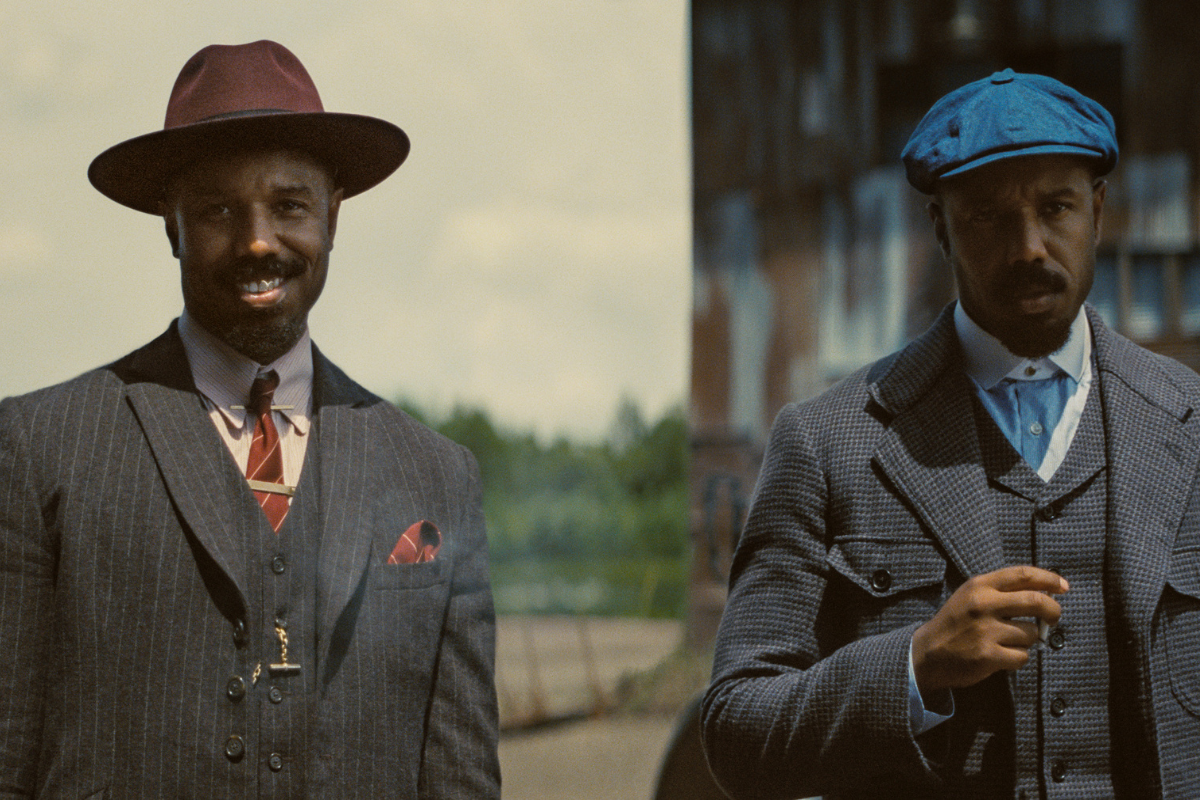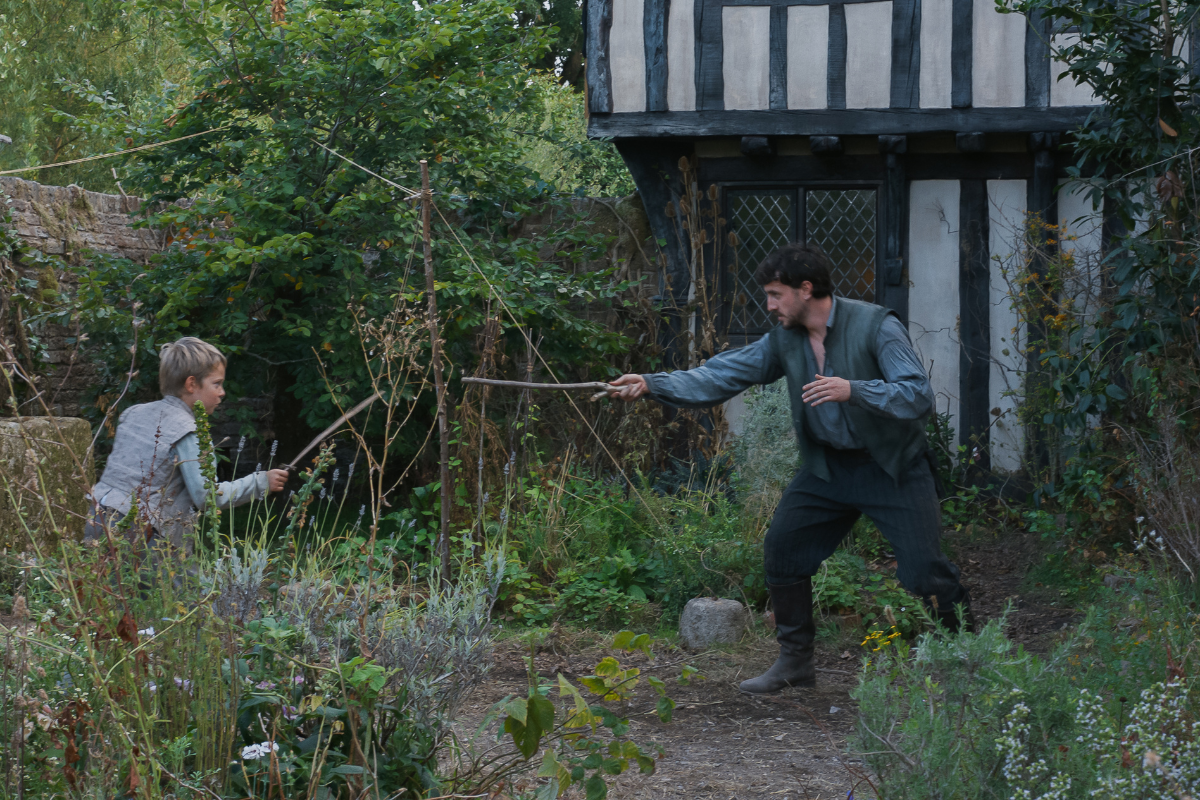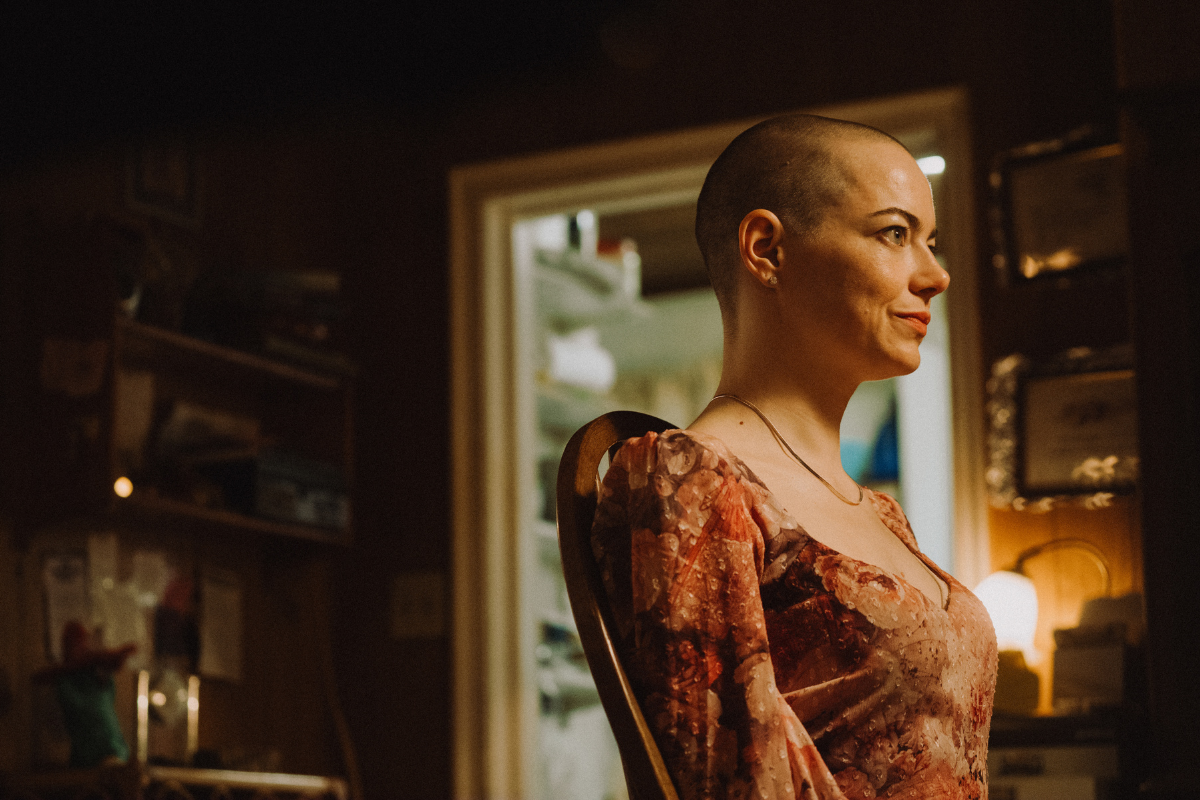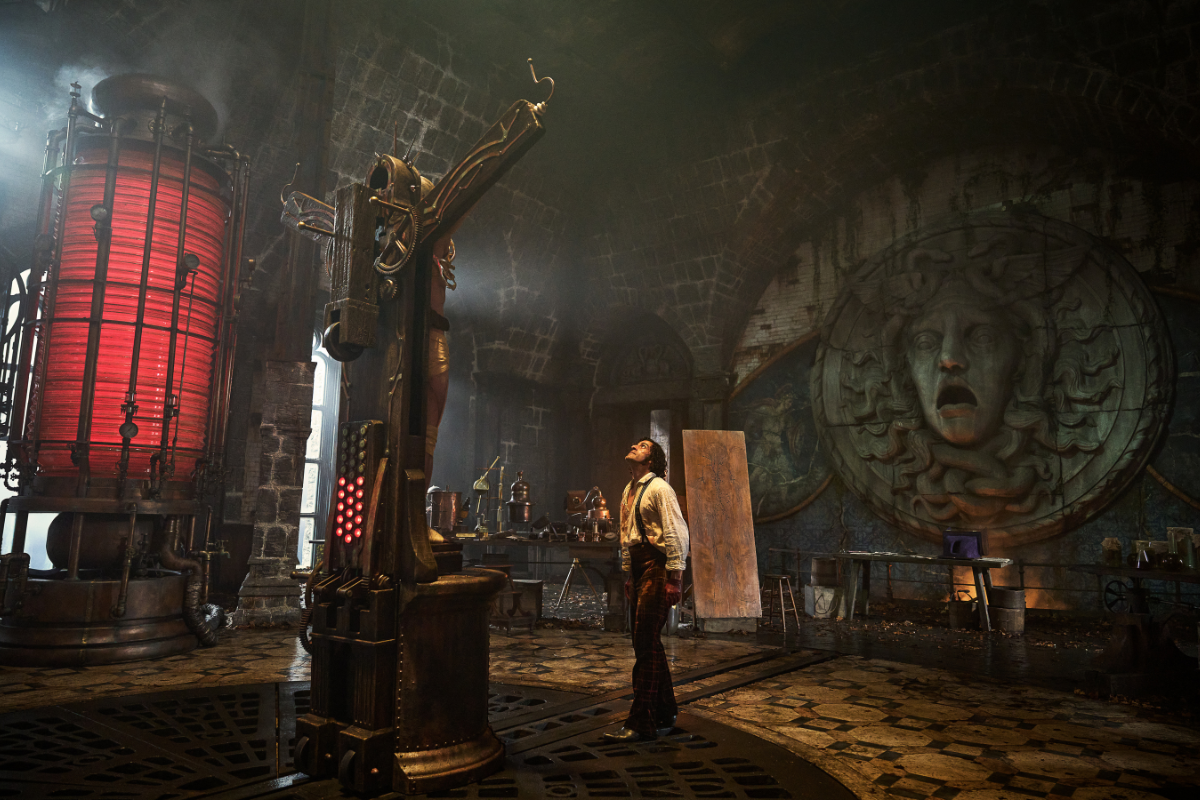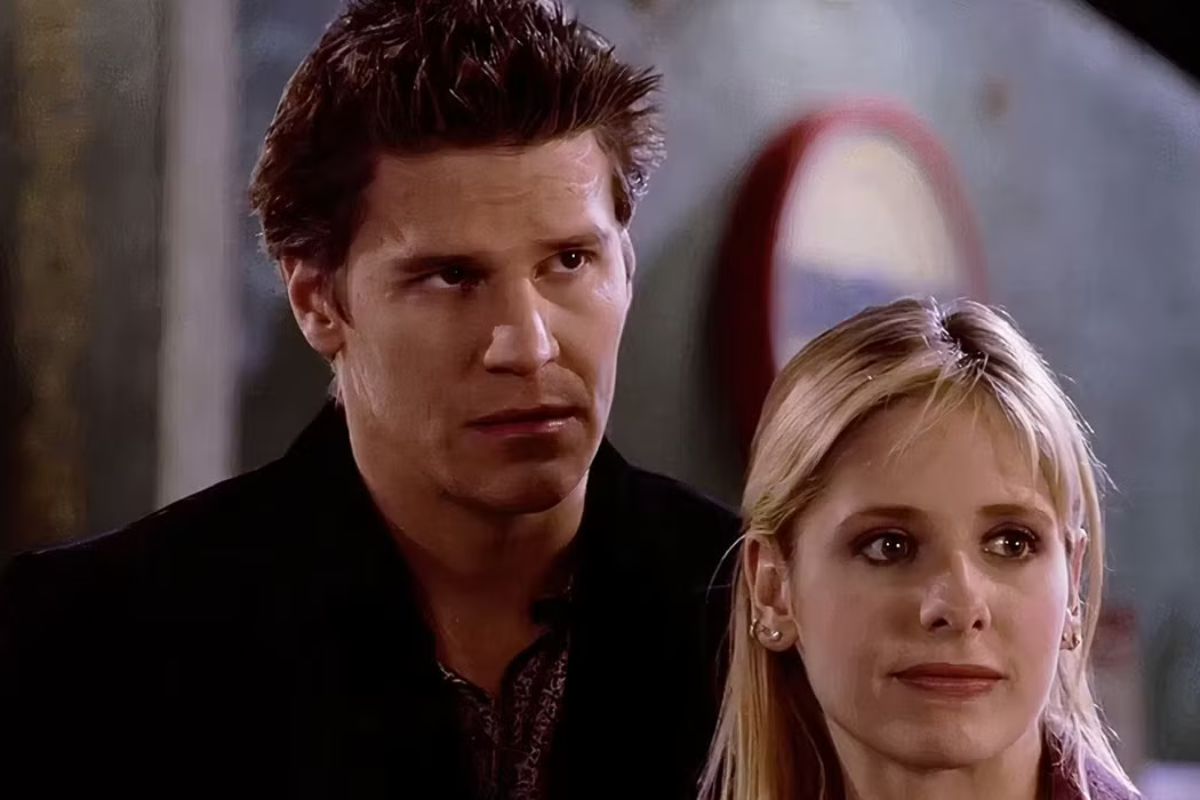STORY BROADS: 36 Practical Tips on How Not to Irritate Your Script Reader
You can’t get past a script reader until your story impresses them. Asmara Bhattacharya gives you 36 tips on how to not irritate your script reader.
Asmara Bhattacharya is a produced screenwriter and playwright, script reader, and festival screener. A trusted sounding board and consultant for industry professionals, she is developing several shorts and a webseries. Check out her website, DickFlicks.net, or tweet her at @hotpinkstreak.
You’ve heard it before – the first gatekeeper on most paths to Hollywood is the script reader. Articles abound with overall standards on how to woo your reader or, even better, how not to annoy them. Show, don’t tell. Avoid directing. Be brief. But in the practical application of these broad screenwriting guidelines, it’s often the micro-details that make a script stumble before a reader’s eyes.
Mistakes can trigger anything from a gentle “Oh, newbie” to the irresistible urge to pulverize one’s electronic reading device with a cantaloupe, just to be rid of the script. All the errors below have besmirched multiple scripts I’ve read.
Read on for the nitty-gritty on no-no’s.
Format and technique
- Don’t submit a shooting script. No scene numbers, please.
- In a feature screenplay, don’t actually label Act 1, Act 2, and Act 3. Three-act structure is common, but it’s internal and unmarked.
- Don’t put “Revision 4.3” or other such notes on every page. Of course you’ve revised it. We can only hope you’ve revised it. How many times is beside the point.
- For mercy’s sake, don’t describe a shot when it’s clear you don’t know what that particular camera angle is.
- Except for a few absolutely commonplace things, don’t abbreviate words in dialogue unless they’re saying the actual abbreviation. Okay: “Ms. Shelley has an appointment with Dr. Frankenstein.” Not okay: “I have a dr.’s appt. in the bldg across the st.”
- Don’t define a word for the reader in the dialogue unless the character is supposed to say that definition verbatim.
- Don’t write “Adlib goodbyes” in dialogue unless your characters literally say the words, “Adlib goodbyes.”
- Don’t put two separate lines of dialogue consecutively from the same character with nothing in between them. Make it one dialogue block with one character heading above it.
- Don’t write a parenthetical AFTER the dialogue it’s supposed to direct. A parenthetical must be followed by dialogue. Also, it’s intended for film – we need the visual before the dialogue, not after we’ve already read it. Finally, reconsider the parenthetical altogether; you probably don’t really need it.
- Don’t have four characters whose names all start with the same letter. Or three characters. Remember, because it’s a script, we don’t see your physical character or hear their voice every time they appear. When reading a 100-page screenplay in 40 minutes, Robert, Roman, and Ray can easily blur together. Even two is confusing. Try to avoid it.
- Don’t do character introductions unless we are actually seeing or hearing the character at that moment in the script – not when someone talks about them (and they’re not in the scene) and not when referring to them in scene description (and they’re not in the scene).
- Don’t do character introductions within dialogue by capping the name in the dialogue when another character speaks about them, even if that’s when said character appears. Character introductions belong in the scene description.
- By Grabthar’s hammer, don’t do character introductions within dialogue by capping the name AND putting their age and/or description in the dialogue. Unless you mean that the speaking character literally says, “I’m taking you to lunch with FRED, 20s, engineer, lives with parents, wears a green hat.”
- Don’t omit from character introductions a physical attribute that will be pivotal to character or plot (feathered hat, neon green hair, a third arm). Don’t tell us five or ten or thirty-three pages later, when the additional imagery will disrupt the visual, and even the character, we’ve already established for ourselves. And certainly don’t drop the bombshell when the entire climax suddenly hinges on that crucial physical detail we have never yet encountered.
- When you have invisible characters, don’t describe their physical movements. Film is a visual medium, and screenplays can only describe what’s filmable. If your characters are invisible, WE CAN’T SEE THEM.
Spelling and grammar
- Don’t vary the spelling of your characters’ names throughout the script (Mariam, Maryam, Miriam). If you don’t know how to spell your own character’s name, it signals that you may not know much about the rest of your story, either.
- If you use specific terminology that is crucial to your plot, don’t spell it wrong. Don’t talk about airplane hangers in a story about horny fighter pilots. Or clothes hangars in a story about horny fitting room attendants.
- If you invent words for a made-up language, don’t spell them differently later.
- Don’t use unclear antecedents. If you mention your main character, then six other female characters, don’t then write “She mows her down” and assume we can tell which of the seven she’s is mowing down which of the other she’s.
- DON’T SKIP SPELL-CHECK. Just don’t. Ever. Yes, typos happen, and one or two won’t kill you. And no, spell-check won’t catch a “an” mistyped for “and” or a “he” for “she.” But there is absolutely no excuse for typos like “hte,” “thier,” and “becuase.” (Autocorrect even tried to fix all three of those as I typed.)
- For the love of all that’s holy, if the script title appears in description or is spoken aloud in dialogue, don’t misspell your title.
Other script submission no-no’s
- Don’t give us “the guy from page 25” or “the same setting as scene 12.” This may be our fifth script today. We have no idea what your 12th scene was, and if you did your job well, we’re not counting pages. The last thing you want is to pull us out of the story and make us go back to the beginning and count scenes to figure something out.
- No matter how well-known you think your subject is (vampires, Hercules, O. J. Simpson), don’t assume we know all the important points of that world.
- Don’t change your characters’ names partway through or flip back and forth. We’ve all renamed characters; just make sure you catch them all. Nothing’s more confusing than having a character we’ve never heard of appear mid-conversation on page 82 and then disappear, never to be seen again.
- If you’ve changed the title of your script at some point, don’t leave the previous title on the title page, headers, file name, or anywhere else.
- For all the hot talk about gender-flipping characters, don’t flip your character’s gender from he to she and back again unless they are actually gender-fluid. If you can’t even decide on (or remember) your character’s gender, don’t expect a stranger to invest an hour reading about their journey.
- Don’t write, “There is tension.” Nothing instantaneously saps every ounce of tension from a scene like the description, “There is tension.”
- On a similar note, don’t write, “There is sexual tension between them.” Would you ever approach the guy you’ve been flirting with for months and say, “There is sexual tension between us”? Hopefully not, for both your sakes. Write the characters, their actions, their dialogue, so that we feel and crave and hurt for their desires.
- Don’t show random, fleeting, gratuitous, or unconventional sex or nudity in the background to “set the tone.” It does not make you deeper or darker or edgier or artsier. It’s been done. It’s practically routine. Prove you’re an artist – dig deep and find a new way to convey the tone you’re seeking.
- If the only word you can come up with to describe a sex scene is “epic,” please don’t be a writer. Also, please don’t be a lover, either.
- Don’t insert a “DIRECTOR’S NOTE.” You are the writer. Not the director. It smacks of hubris and will instantly tick off everyone, not just script readers.
- On that subject, don’t add a “WRITER’S NOTE,” either. It will jar us out of your story and remind us we are reading a script. In almost every case, you can find a creative way to work what we need to know into the script.
- Don’t break a scriptwriting rule and then insert a note announcing that you’re breaking it and explaining why. If you know you shouldn’t break the rule, just don’t break it. If you have a compelling reason to break it, break it so artfully that we won’t notice or won’t care it got broke.
- Please, please, don’t add a writer’s note pointing us to the exact climactic moment of the script and explaining why it’s so critical. The entire purpose of your script is to get us to this point in your characters’ lives, to enlighten and transform us in this moment. If we can’t get that on our own from the script itself, you need to do a serious rewrite.
- Don’t put “Directed by [your name].” See above note about hubris. It doesn’t matter if you plan to direct it; right now, it’s still a script. If you directed (past tense) it, then it’s a film that’s been shot - congratulations! and you should probably be submitting the film to places, not the script.
- Don’t, don’t, DON’T write a story you came up with while you were high and know is absolutely brilliant. I promise you, it’s really, really not.
No single error will get your script tossed. But oversights like these tend to show up in bunches, and repeatedly. Even if we don’t set down your script right away, we may be fairly irritated by the end, which doesn’t bode well for our response. More importantly, a spate of such blunders indicates that either you haven’t fully learned the basics of screenwriting or, worse yet, you simply don’t care enough to read your own work again. And if you don’t care enough to read your own work, why should we?
- More articles by Asmara Bhattacharya
- More articles by The Story Broads
- Meet the Reader: Ten Spec Script Musts
Learn more tips from a pro script reader in Miranda Sadjak's webinar
Getting Past the Hollywood Gatekeepers
Asmara Bhattacharya is a produced screenwriter and playwright, script reader, and festival screener. A trusted sounding board and consultant for industry professionals, she is developing several shorts and a webseries. Check out her website, DickFlicks.net, or tweet her at @hotpinkstreak.


